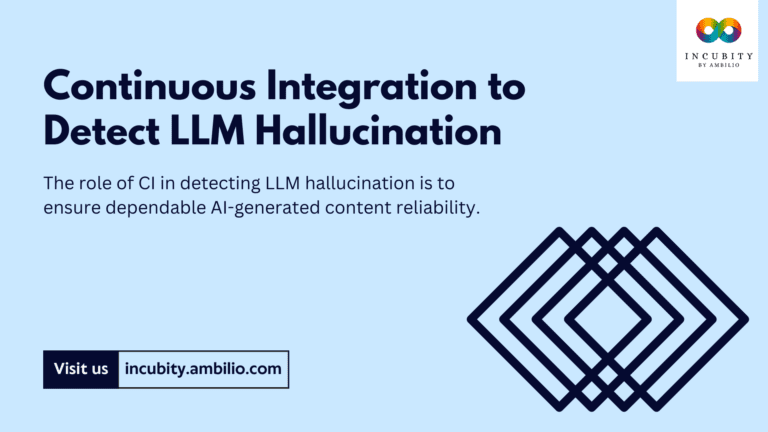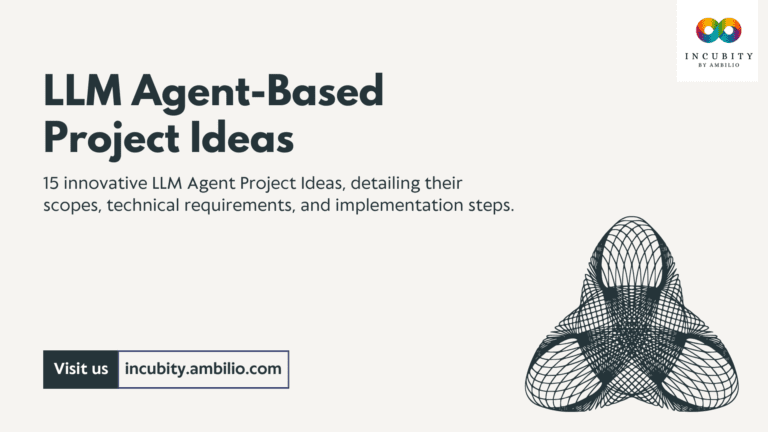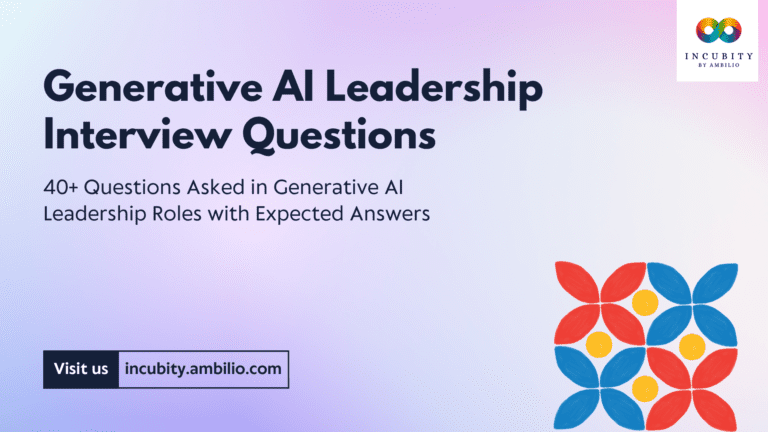In today’s healthcare landscape, patient engagement plays a pivotal role in improving health outcomes and overall patient satisfaction. Intelligent chatbots powered by Large Language Models (LLMs) offer a promising avenue to enhance patient engagement by providing personalized interaction, real-time support, and access to healthcare resources. This guide outlines a comprehensive approach to building an LLM-powered chatbot specifically designed for patient engagement. Let’s delve into how to build an LLM-Powered Intelligent Chatbot for Patient Engagement.
Guide to Building LLM-Powered Intelligent Chatbot for Patient Engagement
Lets us explore here how to build an LLM-Powered Intelligent Chatbot for Patient Engagement in the step-by-step guide.
Step 1: Define the Purpose and Scope of the Chatbot
Identify the Target Audience
Understanding the specific patient population or healthcare scenario that the chatbot will serve is crucial. This involves identifying the demographic profile, health conditions, and unique needs of the target audience. For instance, the chatbot could focus on chronic disease management, mental health support, or general health inquiries. Tailoring the chatbot’s responses, language, and functionalities to align with the audience’s preferences ensures relevance and effectiveness.
Define the Chatbot’s Goals
Clearly outlining the objectives of the chatbot helps in shaping its development and implementation strategy. The goals may include:
- Providing accurate health information and education.
- Assisting patients in understanding and adhering to treatment plans.
- Facilitating seamless appointment scheduling and reminders.
- Promoting self-care practices and healthy lifestyle choices.
- Enhancing overall patient engagement and empowerment through interactive sessions.
Step 2: Designing the Chatbot’s Conversational Flow
Create a Conversation Map
Visualizing the flow of interactions between the chatbot and the user is essential for designing a seamless user experience. A flowchart or a mind map can help in mapping out different conversation paths and decision points. This ensures that the chatbot can navigate through various queries and scenarios effectively, providing coherent and contextually relevant responses.
Develop a Script
Crafting a well-defined script for the chatbot’s responses is critical. The script should incorporate the defined goals and objectives while maintaining a conversational tone. It should be concise, clear, and empathetic to enhance user engagement and comprehension. Integrating medical terminology appropriately ensures that the chatbot communicates accurately and professionally.
Integrate LLM Technology
Utilizing LLMs enables the chatbot to comprehend natural language inputs and generate contextually appropriate responses. Training the LLM on a diverse dataset of healthcare-related conversations and scenarios enhances its ability to handle a wide range of user queries effectively. This integration empowers the chatbot to provide personalized advice, recommend resources, and address specific patient concerns in real-time.
Step 3: Develop the Chatbot’s User Interface
Design the Chat Interface
Creating an intuitive and user-friendly interface is essential for ensuring a positive user experience. The chat interface should feature clear navigation options, a user-friendly layout, and accessibility features. Including interactive elements such as buttons for quick responses, a profile section for storing patient information securely, and integration with multimedia content enhances the chatbot’s functionality.
Integrate with Healthcare Systems
Seamless integration with existing healthcare systems, such as Electronic Health Records (EHRs) and appointment scheduling platforms, is crucial. This integration enables the chatbot to access relevant patient information securely, retrieve medical records, update treatment plans, and facilitate appointment bookings. Ensuring compliance with healthcare data regulations and maintaining data security protocols is paramount during integration.
Step 4: Training and Testing the Chatbot
Train the LLM
Training the LLM on a comprehensive dataset specific to healthcare ensures accuracy and relevance in its responses. This involves feeding the model with diverse examples of patient queries, medical terminology, treatment protocols, and relevant healthcare information. Fine-tuning the model based on feedback and performance evaluation optimizes its ability to deliver high-quality, contextually appropriate responses.
Test the Chatbot
Conducting rigorous testing is essential to evaluate the chatbot’s functionality, usability, and performance. Testing phases include:
- Functional Testing: Ensuring the chatbot performs intended tasks accurately, such as providing information, scheduling appointments, and guiding users through interactive sessions.
- Usability Testing: Soliciting feedback from users to assess ease of navigation, clarity of responses, and overall user satisfaction.
- Performance Testing: Evaluating the chatbot’s ability to handle concurrent users, manage peak loads, and maintain responsiveness under varying conditions.
Step 5: Deployment and Monitoring
Deploy the Chatbot
Launching the chatbot on the designated platform involves ensuring compatibility across devices and accessibility to the target audience. Deploying incremental updates and improvements based on user feedback and testing outcomes enhances the chatbot’s functionality over time.
Monitor Performance
Continuously monitoring key performance indicators (KPIs) such as user engagement metrics, query resolution rates, patient satisfaction scores, and technical performance indicators is essential. This enables proactive identification of issues, optimization of user interactions, and refinement of the chatbot’s capabilities to meet evolving healthcare needs.
Update and Refine
Regularly updating the chatbot’s content, integrating new features, and refining its conversational abilities based on real-world user interactions and healthcare trends ensures ongoing relevance and effectiveness. Iterative improvements based on analytics and user feedback contribute to sustained engagement and positive patient outcomes.
Step 6: Integration with Healthcare Services
Integrate with Electronic Health Records (EHRs)
Secure integration with EHR systems allows the chatbot to access patient medical records, update treatment histories, and retrieve relevant health information. This integration streamlines healthcare delivery, enhances care coordination, and ensures continuity in patient management.
Integrate with Appointment Scheduling Systems
Enabling seamless integration with appointment scheduling systems enables patients to book appointments, receive reminders, and manage their healthcare appointments conveniently through the chatbot interface. This improves accessibility, reduces scheduling conflicts, and enhances overall patient satisfaction.
Integrate with Telemedicine Platforms
Integration with telemedicine platforms facilitates virtual consultations, remote monitoring, and telehealth services. The chatbot can assist in scheduling telemedicine appointments, providing pre-consultation instructions, and supporting post-consultation follow-ups. This integration expands access to healthcare services, particularly in remote or underserved areas.
Final Words
Building an LLM-powered intelligent chatbot for patient engagement involves meticulous planning, strategic design, and continuous refinement. By following these structured steps—from defining the chatbot’s purpose to integrating with healthcare services—you can create a powerful tool that enhances patient interaction, promotes health literacy, and facilitates proactive healthcare management. Embracing technological advancements in AI and natural language processing empowers healthcare providers to deliver personalized, accessible, and patient-centric care in an increasingly digital healthcare landscape.







